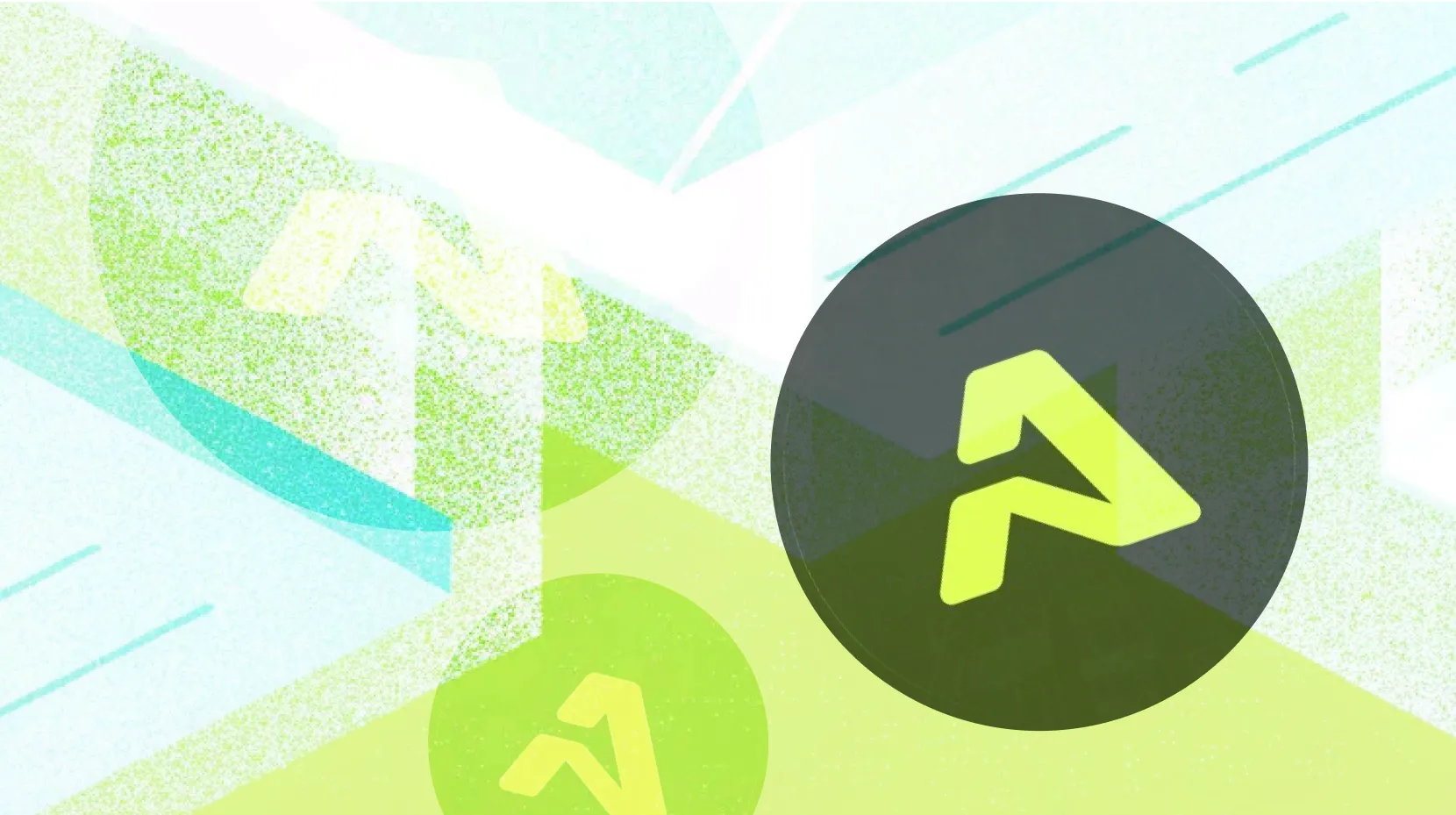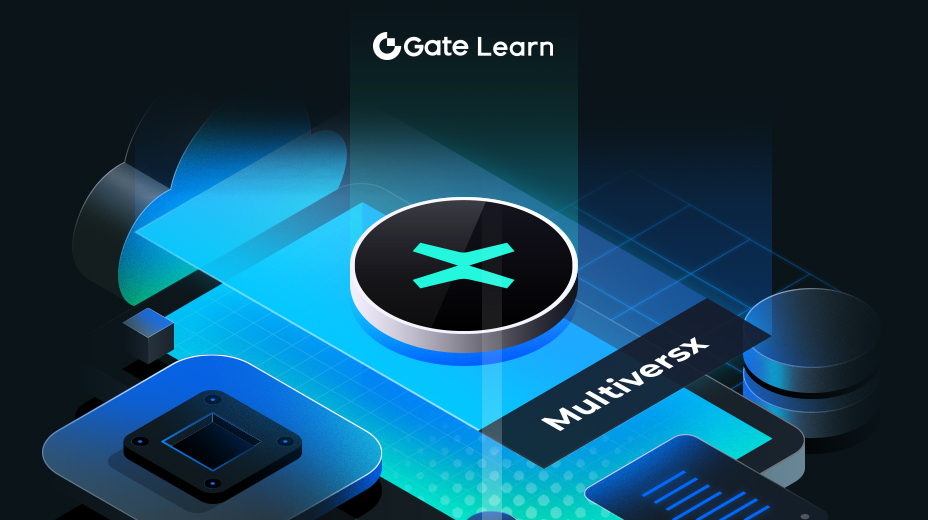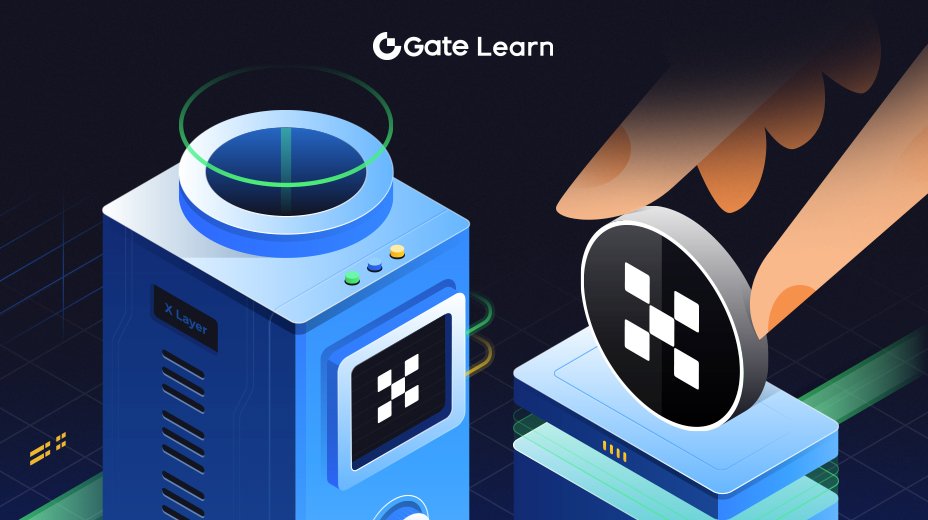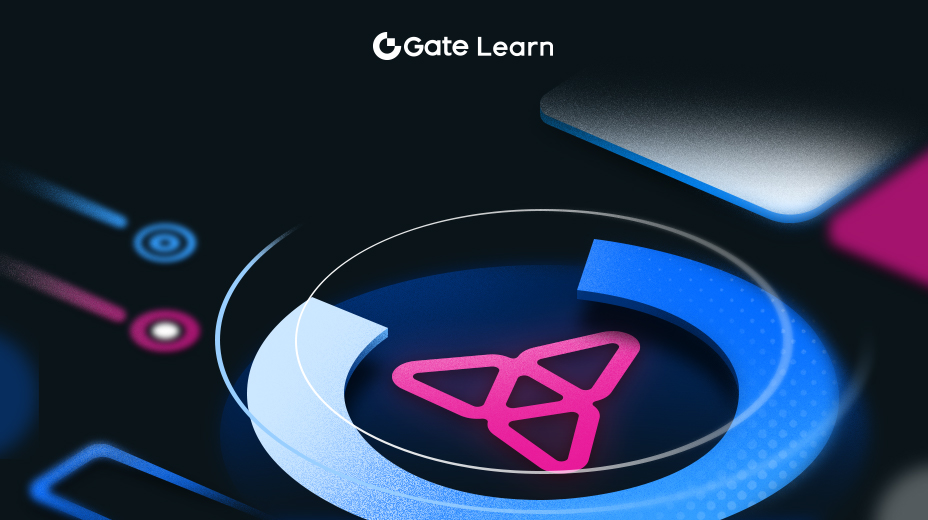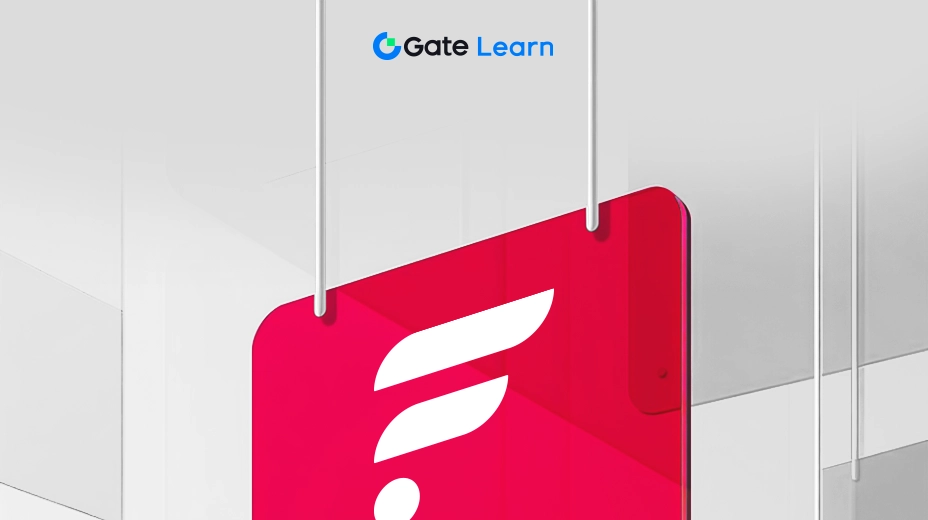治理
LayerAI 的治理由去中心化自治组织(DAO)主导。本模块将详细介绍 LayerAI DAO 的结构与功能、决策机制,以及如何激励社区成员积极参与治理。

LayerAI DAO 的结构
LayerAI DAO 是一个完全去中心化的治理体系,由 LAI 代币持有者通过质押代币共同管理。DAO 负责生态系统的核心事务,包括协议升级、资金分配以及长期发展战略。其去中心化设计确保了没有任何单一实体能够主导决策,与 LayerAI 透明、公平的社区驱动目标保持一致。
所有治理活动都通过区块链进行,确保提案、投票和资金分配的透明性和不可篡改性。质押 LAI 代币的用户可以提交提案或参与投票,从而对生态系统的发展方向产生实际影响。
DAO 的金库由生态系统费用资助,收入来源包括交易费用、质押奖励等。这些资金用于支持开发、市场推广以及用户激励等项目。所有资金使用需经过社区投票批准,确保每一笔支出都符合生态系统的整体利益。
质押者通过质押 LAI 代币参与治理,他们的投票权重与质押的代币数量成正比。这种机制确保了 DAO 的决策反映最具投入意愿用户的利益。
决策机制与社区提案
LayerAI DAO 的决策机制完全去中心化,由 LAI 代币持有者共同推动。任何代币持有者都可以提交提案,建议生态系统的改进或提出新的发展计划。提案内容涵盖协议升级、资金分配、质押奖励调整以及生态系统增长策略等。
提案提交后,会进入社区讨论阶段,代币持有者可以审阅提案、提出问题并提供建议。这一阶段为社区提供了充分的时间评估提案的潜在影响。
在投票阶段,代币持有者根据其质押的 LAI 数量进行投票,支持或反对提案。所有投票记录都公开在区块链上,确保过程透明且可验证。如果提案获得足够支持,则被批准并执行;否则提案被否决。
DAO 还具备防止滥用的机制,例如可能对生态系统造成损害或仅对少数人有利的提案,由于去中心化投票的特性,难以通过。这种设计确保了所有治理决策都符合社区的整体利益。
通过允许每位代币持有者参与提案与投票,LayerAI DAO 实现了真正的社区驱动治理,推动生态系统的健康发展。
激励机制:推动社区积极参与与治理
LayerAI DAO 通过一系列激励措施,鼓励社区成员积极参与治理活动。代币持有者在提交提案或参与投票等治理活动时,可以获得额外的 LAI 代币奖励。这些奖励不仅是对用户贡献的认可,也激励更多人加入到生态系统的决策中来。
质押 LAI 代币是参与治理的必要条件。通过质押,用户不仅获得投票权,还可以享受质押奖励。这些奖励形式多样,包括额外的代币收益,以及生态系统内的独特权益,例如折扣服务或专属数据胶囊 NFT。这种经济与功能并重的激励模式,既提升了用户的参与热情,也提供了更高的生态系统价值。
为了保持社区的活跃度,DAO 特意从金库中拨出一部分资金,用于奖励积极参与的用户。无论提案的讨论频率或规模如何,贡献者都能获得持续的奖励。这种直接与治理活动挂钩的奖励机制,培养了一个高效、活跃且负责任的社区。
此外,激励机制注重长期参与。质押时间越长的用户,通常能获得更高的奖励。这种设计不仅增强了生态系统的稳定性,也让用户的利益与 LayerAI 的长期发展目标保持一致。
亮点
- LayerAI DAO 的治理由 LAI 代币持有者主导;
- 负责生态系统的协议升级、资金使用和战略发展;
- 社区成员可以提交提案,并通过投票决定提案的执行;
- 投票权重与用户质押的 LAI 代币数量成正比;
- 通过奖励机制激励用户参与治理,推动社区的持续活跃。
